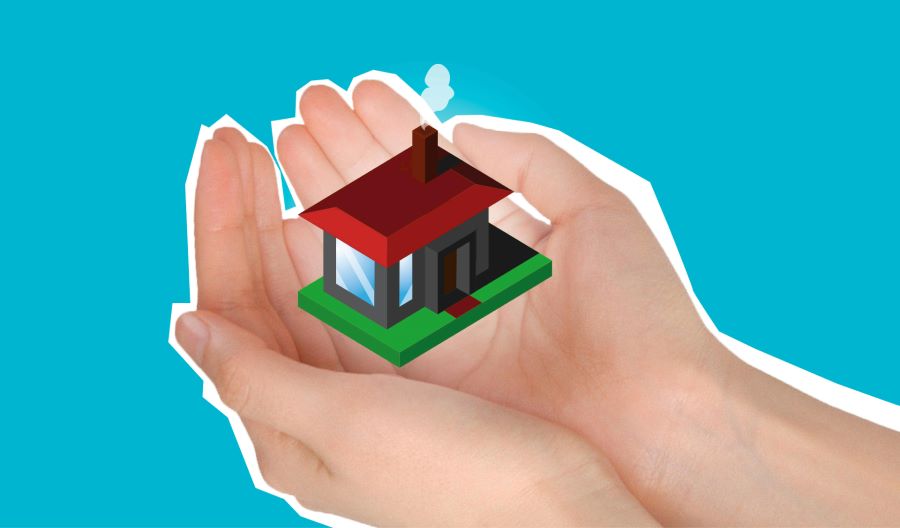One of the most important documents you will encounter is the personal loan agreement. This legally binding contract outlines the terms and conditions of the loan, ensuring that both the borrower and the lender are on the same page. Understanding the components of a personal loan agreement can help you make informed decisions and avoid potential pitfalls. In this blog, we’ll explore what a personal loan agreement is, what it typically consists of, and address some frequently asked questions.
Want a personal loan that gives you the best terms and conditions and no extra problems? Get an instant loan from Airtel Finance with the Airtel Thanks app. Low interest rates, low processing fees, and just extremely convenient overall!
What is a Personal Loan Agreement?
A personal loan agreement is a formal contract between a borrower and a lender that specifies the terms under which the loan is provided. This document serves as a legal obligation for the borrower to repay the loan amount according to the agreed-upon terms. It details the loan amount, interest rate, repayment schedule, and other essential terms, ensuring clarity and protection for both parties.
Read more: 5 things you should not do with a personal loan
Key Components of a Personal Loan Agreement
Loan Amount and Disbursement
The loan amount is the principal sum that the lender agrees to provide to the borrower. The agreement will specify the exact amount, along with the disbursement method. This could be a lump sum payment directly into the borrower’s bank account or a transfer to a third party, depending on the loan’s purpose.
Interest Rate and APR
The interest rate is the cost of borrowing the principal amount, expressed as a percentage. The agreement will outline whether the interest rate is fixed or variable. Additionally, the Annual Percentage Rate (APR) will be specified, which includes not only the interest rate but also any other fees or charges associated with the loan, providing a more comprehensive view of the loan’s cost.
Repayment Schedule
The repayment schedule details how and when the borrower must repay the loan. This section includes the loan term (duration), the frequency of payments (monthly, bi-weekly, etc.), and the amount of each installment. It may also specify the date on which the first payment is due and any grace periods allowed.
Fees and Charges
Apart from the interest, the personal loan agreement will list any additional fees and charges that the borrower may incur. These can include origination fees, late payment fees, prepayment penalties, and administrative charges. Understanding these fees is crucial to avoid unexpected costs during the loan term.
Collateral and Security
For secured personal loans, the agreement will detail the collateral provided by the borrower. This could be an asset such as a car or property that the lender can claim if the borrower defaults on the loan. The terms regarding the use and return of the collateral will be clearly defined.
Read more: How to choose the best personal loan lender?
Borrower and Lender Obligations
Borrower’s Responsibilities
The agreement will outline the borrower’s obligations, including timely repayment of the loan, maintaining the collateral (if any), and notifying the lender of any significant changes to their financial situation. It may also stipulate that the borrower must use the loan for the specified purpose stated in the agreement.
Lender’s Responsibilities
The lender’s responsibilities typically include disbursing the loan amount as agreed, providing regular statements of account, and adhering to any applicable regulations governing lending practices. The lender must also ensure that any changes to the loan terms are communicated to the borrower promptly.
Default and Consequences
Default Conditions
The agreement will specify the conditions under which the borrower is considered to be in default. Common default conditions include missed payments, providing false information during the loan application, or violating any other terms of the agreement. Understanding these conditions is crucial to avoid inadvertently defaulting on the loan.
Consequences of Default
If the borrower defaults on the loan, the agreement will outline the consequences, which can include additional fees, higher interest rates, and legal action. For secured loans, the lender may seize the collateral. The borrower’s credit score may also be negatively impacted, affecting their ability to obtain future loans.
FAQs
- Can I negotiate the terms of a personal loan agreement?
Yes, you can negotiate certain terms such as the interest rate, repayment schedule, and fees. However, the extent to which you can negotiate will depend on the lender’s policies and your creditworthiness.
- What happens if I repay my loan early?
Some loans come with prepayment penalties, which are fees charged for paying off the loan before the end of the term. It’s important to check your agreement for any such clauses before making early payments.
- How does a fixed interest rate differ from a variable interest rate?
A fixed interest rate remains the same throughout the loan term, providing predictable payments. A variable interest rate can fluctuate based on market conditions, potentially leading to changes in your payment amounts.
- Is a personal loan agreement legally binding?
Yes, a personal loan agreement is a legally binding contract. Failing to adhere to its terms can result in legal consequences, including court action and damage to your credit score.
- Can I cancel a personal loan after signing the agreement?
Once the loan agreement is signed and the funds are disbursed, it is generally difficult to cancel the loan. However, some agreements may include a cancellation period during which you can return the funds without penalty. Always check the terms of your agreement.
Read more: Differences between secured and unsecured personal loans
Understanding a personal loan agreement is essential to ensure you are fully aware of your obligations and rights as a borrower. By carefully reviewing the agreement and seeking clarification on any unclear terms, you can protect yourself from unexpected issues and make informed financial decisions.


 Get App
Get App  Airtel Store
Airtel Store  Login
Login 


